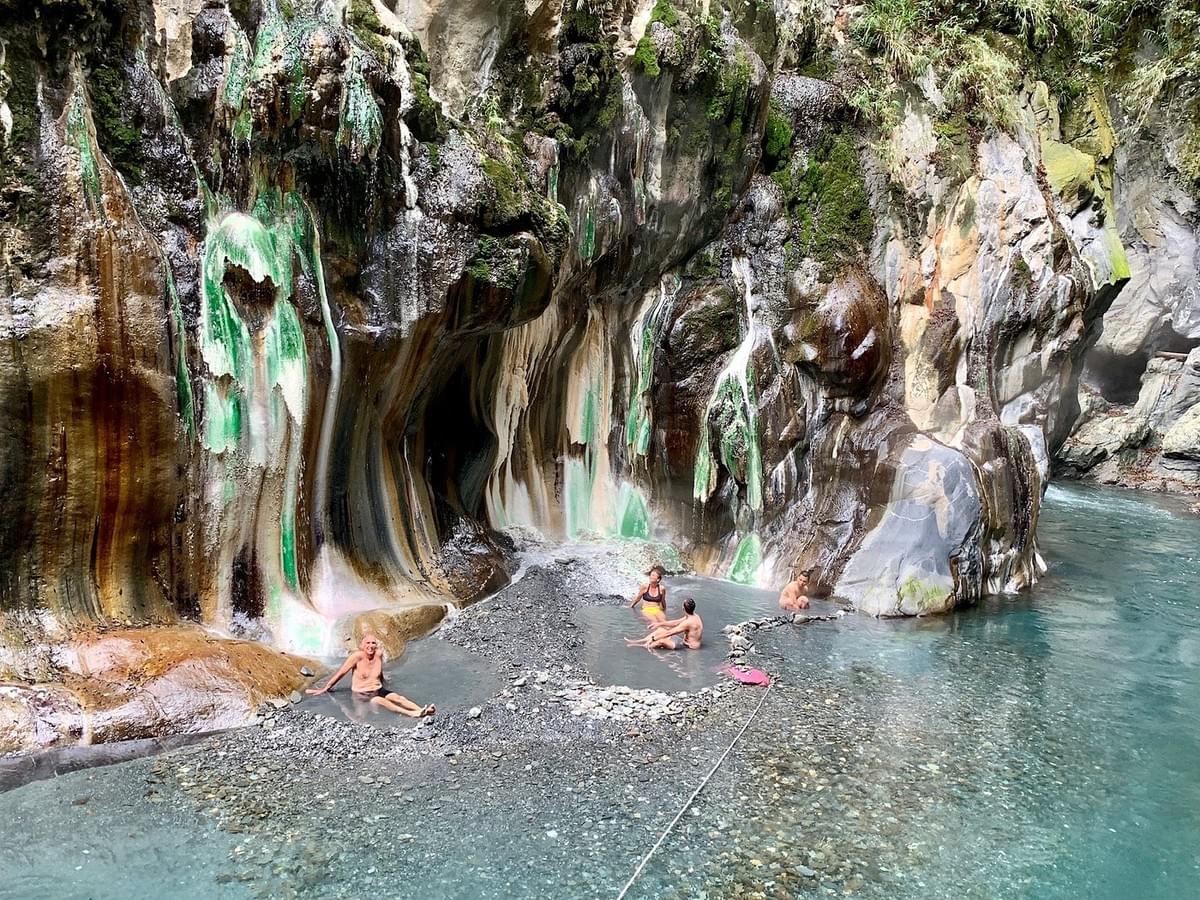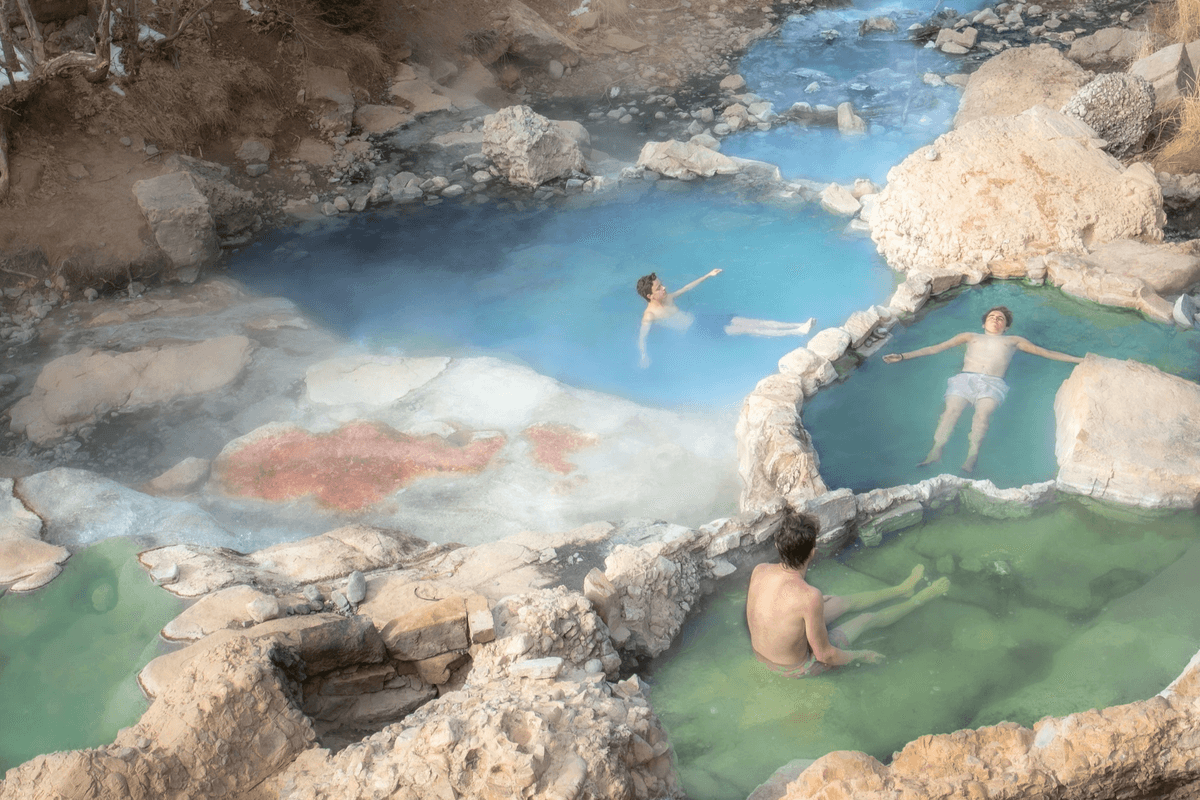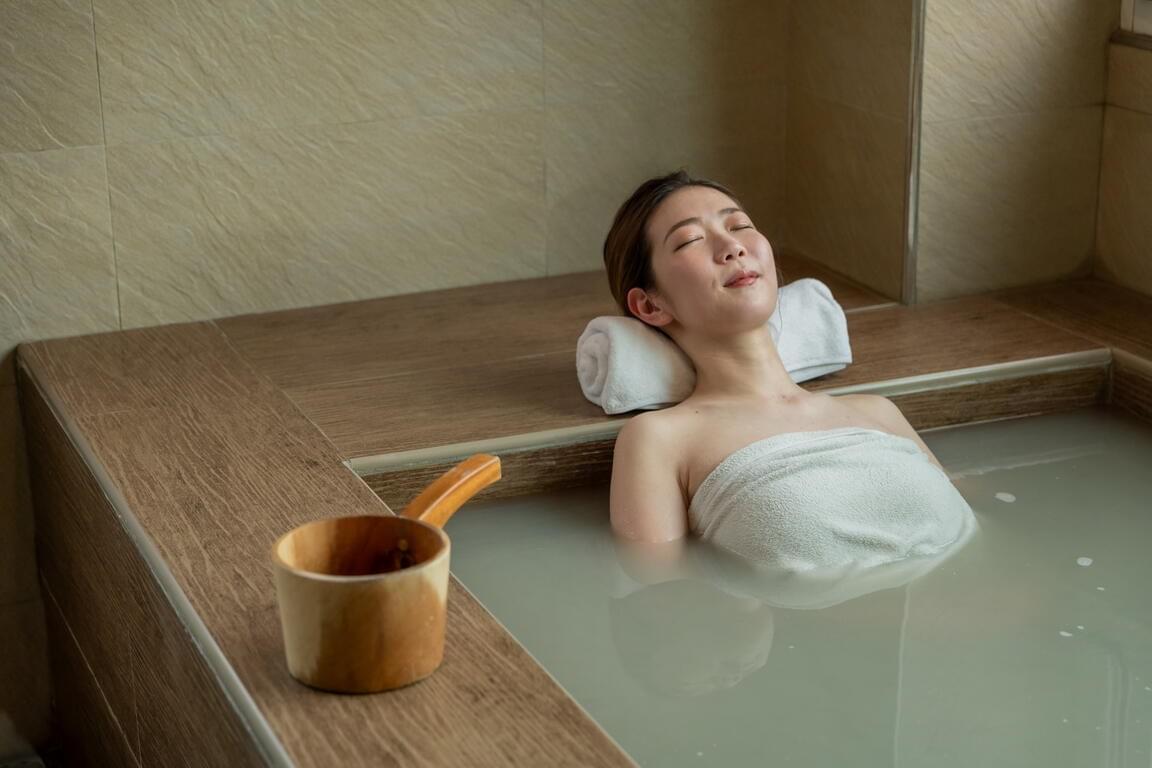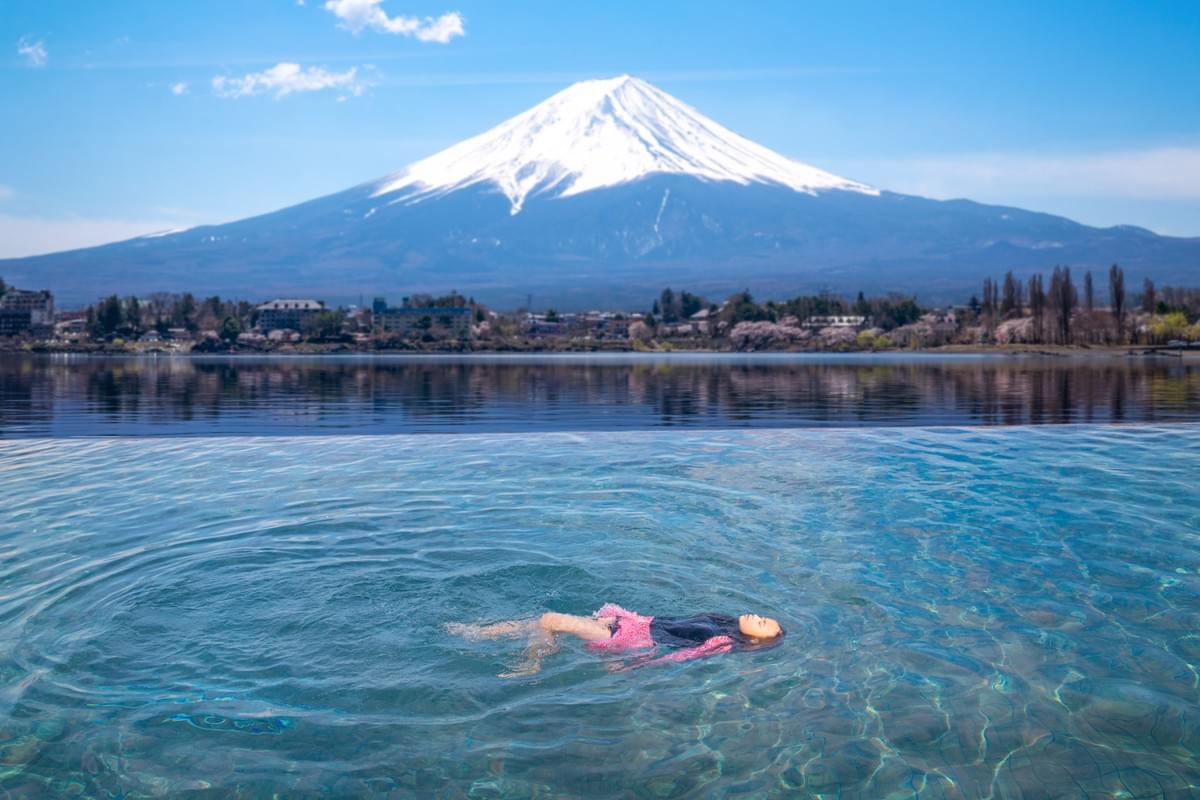Imagine lowering yourself into a pool of steaming mineral water. Your muscles soften, your mind slows, and the world feels lighter. Across cultures and centuries, people have believed that hot springs hold healing powers. But what actually makes these natural waters so special? Science is beginning to explain what ancient traditions already knew.
Ancient wisdom and modern proof
From Japanese onsen to Icelandic lagoons to the spa towns of Europe, hot springs have long been seen as medicine. Roman soldiers bathed to recover after battle. In Japan, people travelled for days to reach mountain baths that promised relief from illness. Indigenous communities in North America considered hot springs sacred places of renewal.
Today, scientists are confirming that these beliefs were not only cultural but also grounded in biology. Minerals dissolved in thermal waters interact with the body in ways that can support health and wellbeing.

The minerals that matter
Each hot spring is unique. Some are rich in sulphur, giving them a distinctive smell and antibacterial qualities that can help with skin conditions. Others contain calcium and magnesium, known to support bone and muscle health. Silica can soften and smooth the skin, while iron-rich waters may help with circulation and energy.
The mineral make-up depends on the surrounding geology. That is why bathing in different hot springs feels so varied, from silky smooth pools in Japan to the almost effervescent waters of Central Europe.

Benefits for the body
Warm immersion alone improves blood flow and eases joint stiffness. For people with arthritis or muscle injuries, the buoyancy of thermal water reduces pressure and supports gentle movement. Studies suggest regular hot spring bathing can lower blood pressure and promote cardiovascular health.
Your skin also benefits. Sulphur-rich waters can calm irritation, while silica leaves a soft sheen long after you step out. These effects are not cosmetic only but part of the body’s natural response to mineral absorption and improved circulation.

Healing the mind
The mental and emotional benefits are just as powerful. Bathing in hot water reduces cortisol, the stress hormone, and activates the body’s relaxation response. The shift from warm immersion to cooler air afterwards helps regulate sleep cycles, which is why many bathers report deeper rest after soaking.
There is also the simple act of pausing. Sitting quietly in a mountain valley, surrounded by steam, brings a sense of connection to nature that lifts mood and eases anxiety.

More than minerals
Science explains part of the story, but healing is not only chemical or physical. Around the world, bathing traditions are woven with ritual and community. In Japan, onsen visits are a way for families and friends to come together. In Finland, saunas and lake plunges are about balance and social connection. The healing is in the water, but also in the act of slowing down and sharing the moment.

The whole experience
Hot springs are more than a bath. They are a meeting point of geology, culture, and human wellbeing. The minerals soothe the body, the heat calms the mind, and the ritual restores a sense of balance that is often missing in daily life.
When you next step into a hot spring, know that you are part of a tradition stretching back thousands of years. The science is fascinating, but the real healing comes from the experience itself.
♨️ At Feel Good Bathing, we design tailor-made hot spring holidays that blend wellness with culture, food, and nature. Explore the blog for inspiration, or get in touch when you are ready to plan your own journey to the waters.
➡️If you enjoyed this, you might also like Hidden Hot Springs Near Tokyo.
